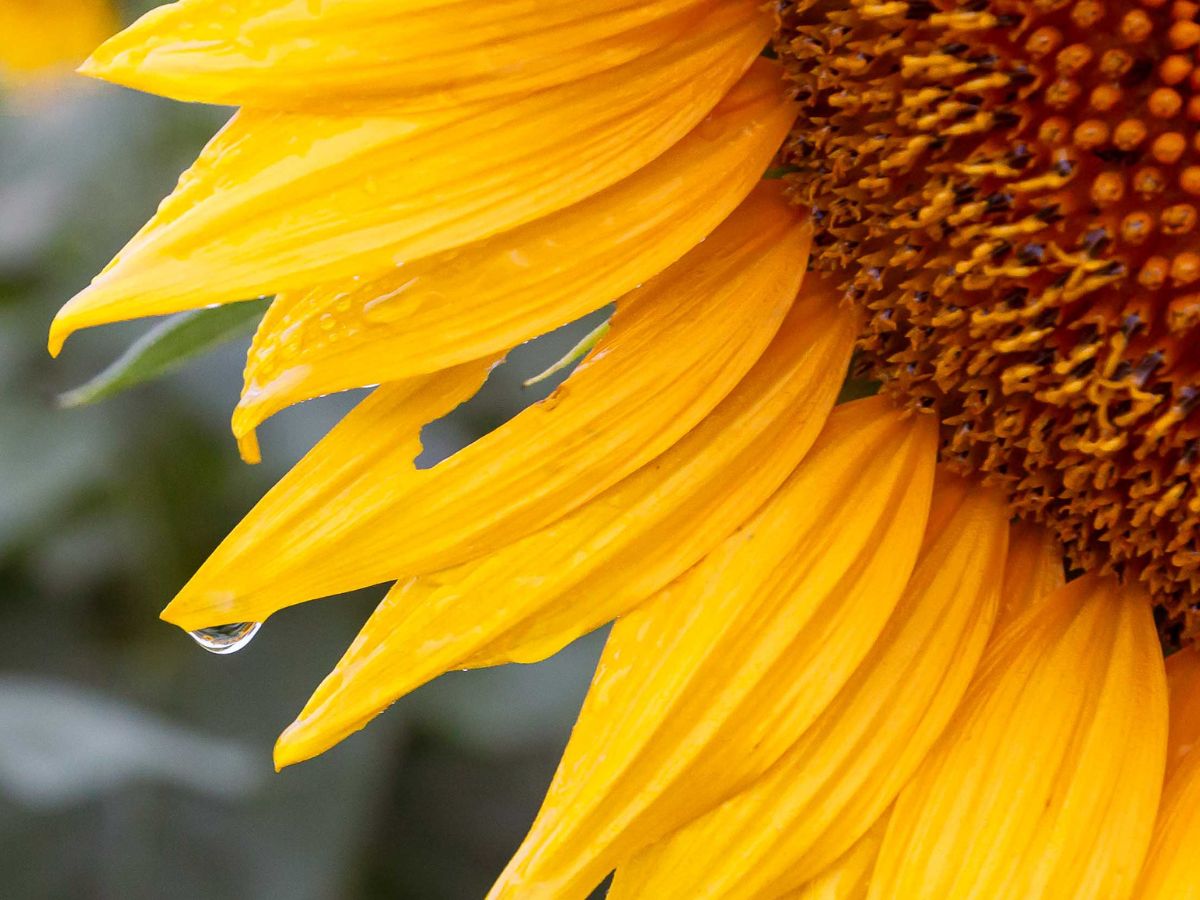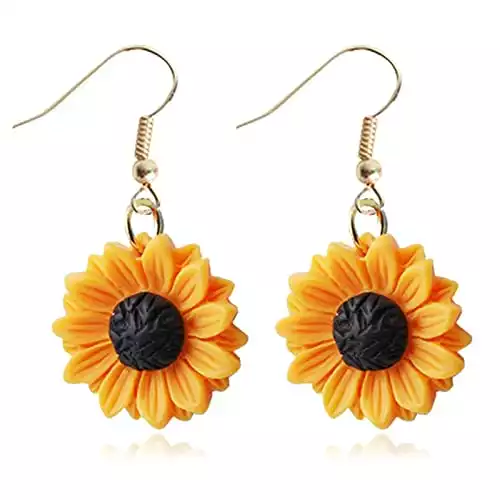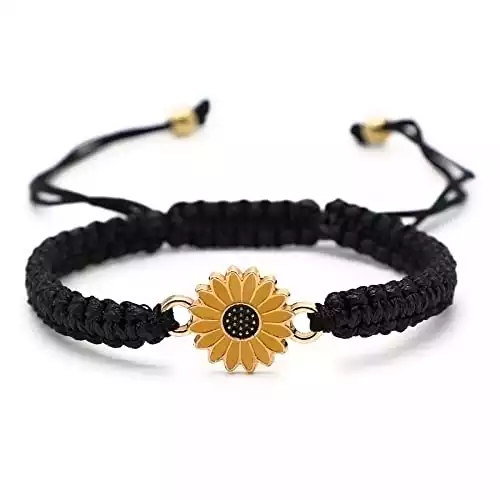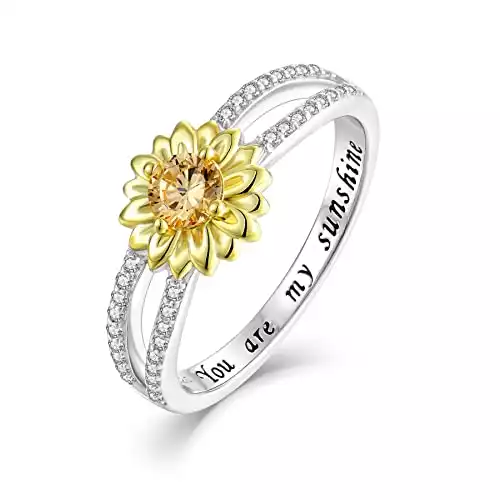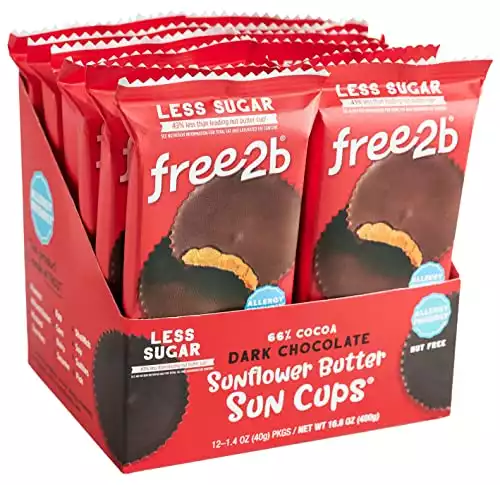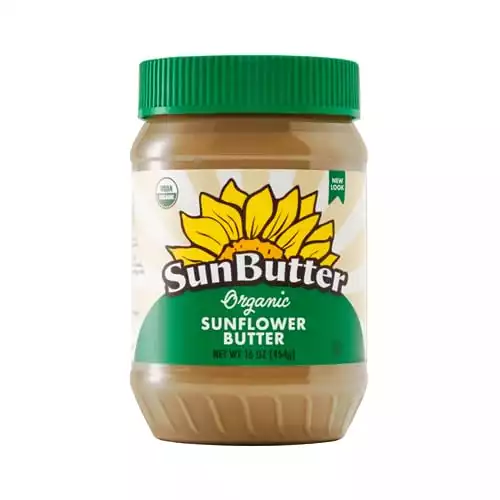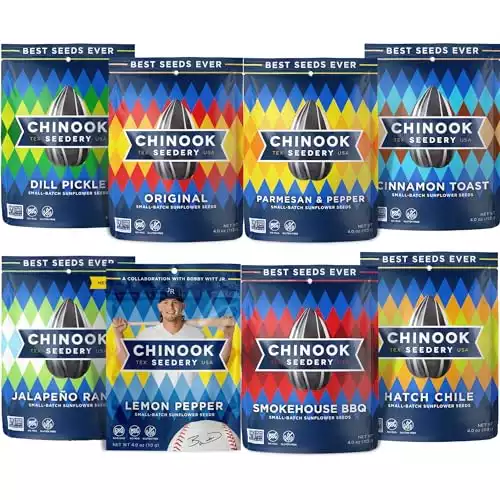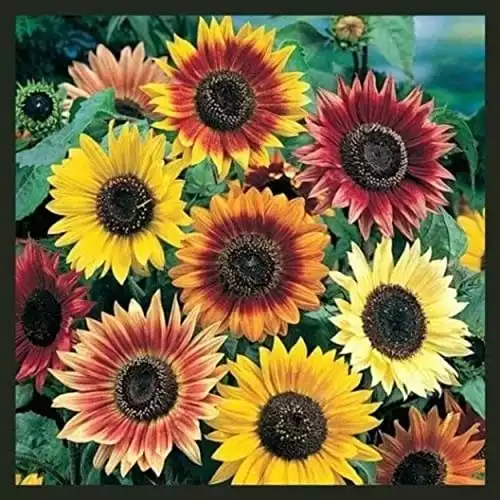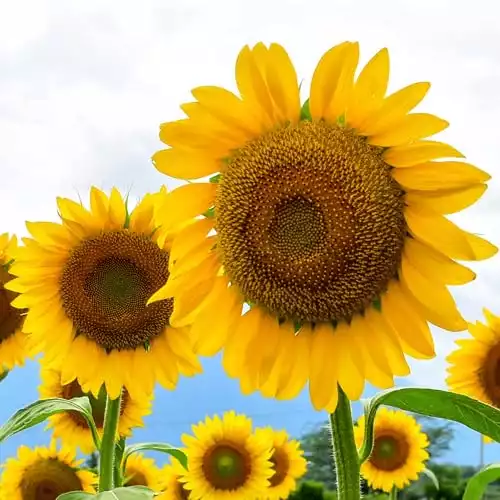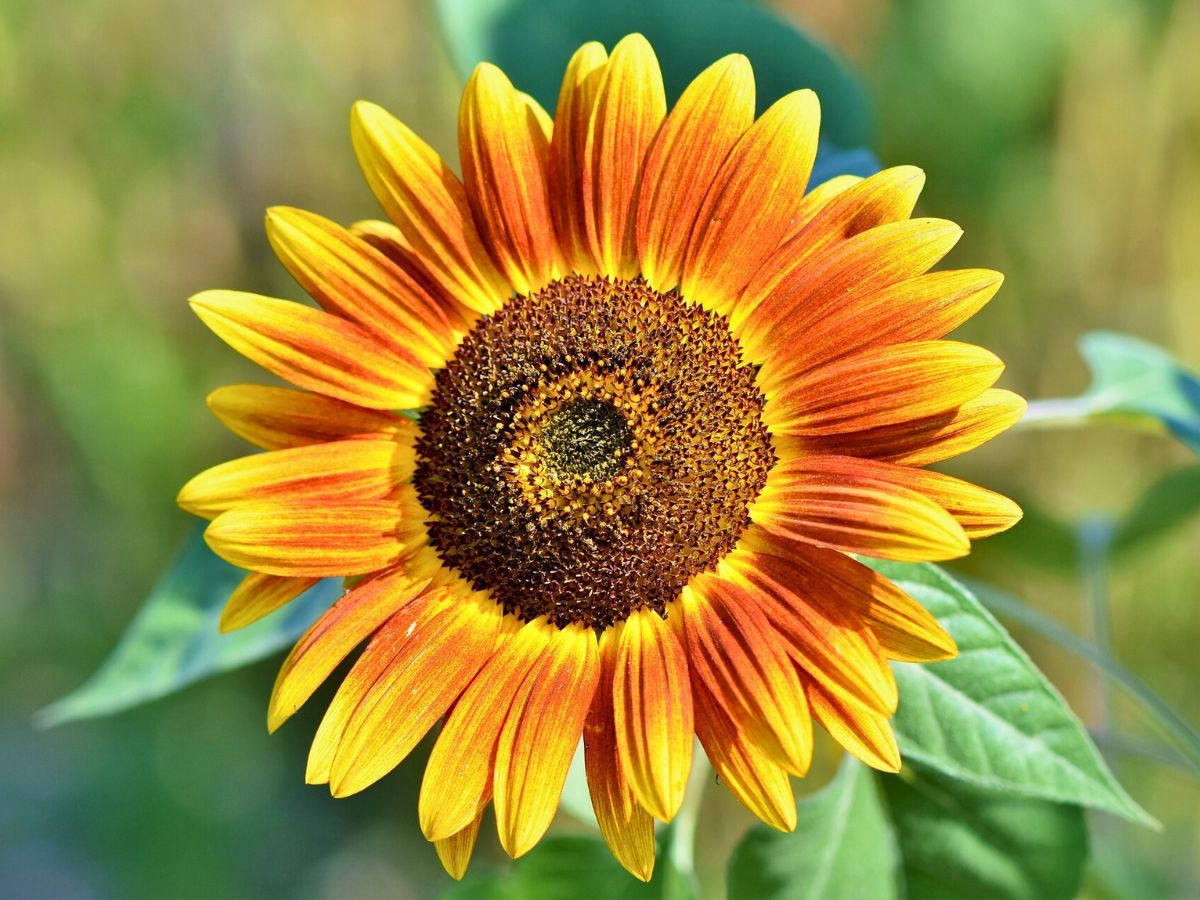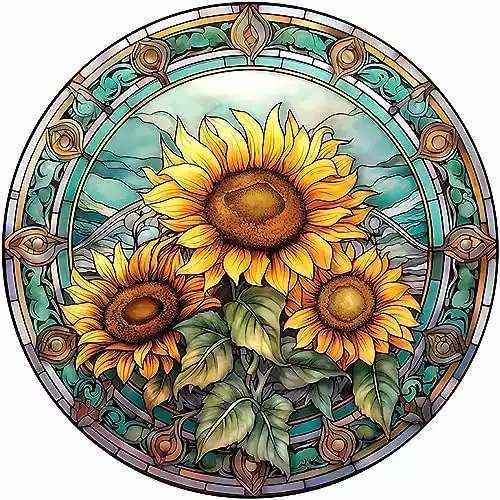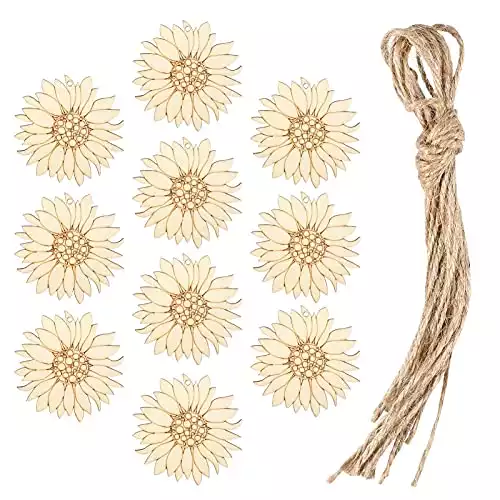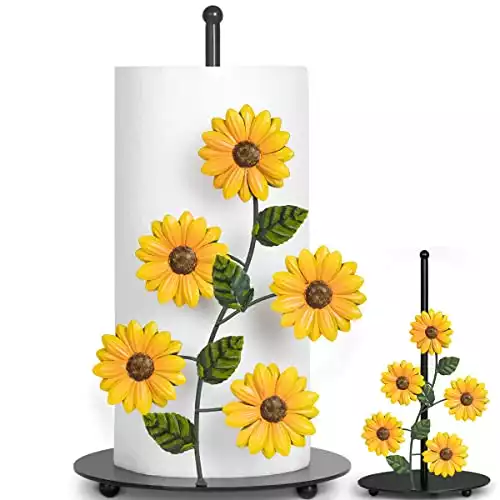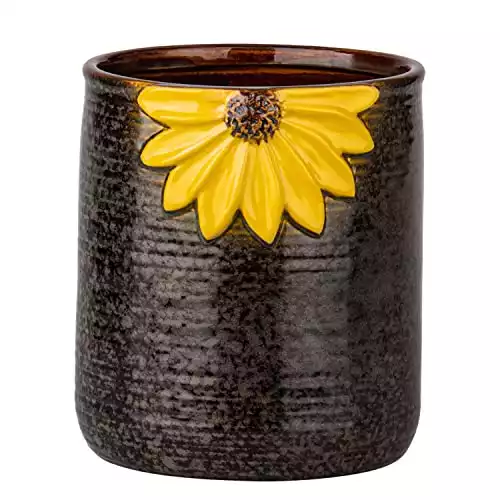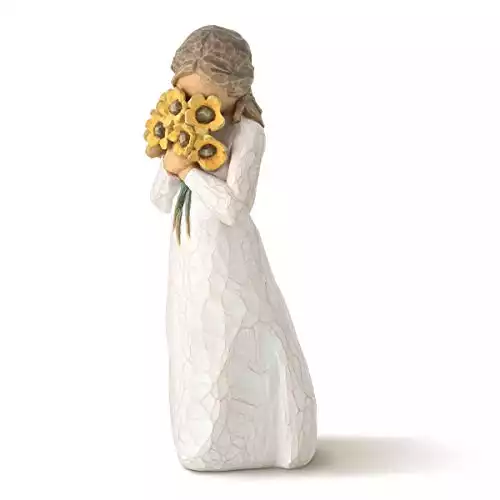In this Article
Toggle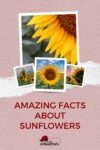

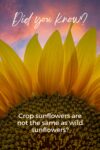
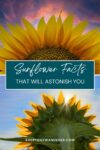
With their dark, seed-studded centers encircled by a fringe of sunny yellow petals, sunflowers spread cheerful goodwill as they follow the sun across the sky. But did you know these surprising facts about sunflowers?
In Kansas, the land where the Wizard of Oz jokes never seem to end, no yellow brick road leads to Oz. But our state is renowned for its breathtaking fields of both cultivated and wild sunflowers. The cheery flower that is our state flower:
- symbolizes happiness and vitality,
- keeps pollinators happy,
- positively contributes to the environment, and provides its seeds for sunflower oil, healthy snacks, and an allergy-free butter.
Take that munchkins!
Ready to view this iconic flower through a new lens? These intriguing facts about sunflowers will reveal their profound impact well beyond the sun-kissed fields of Kansas.
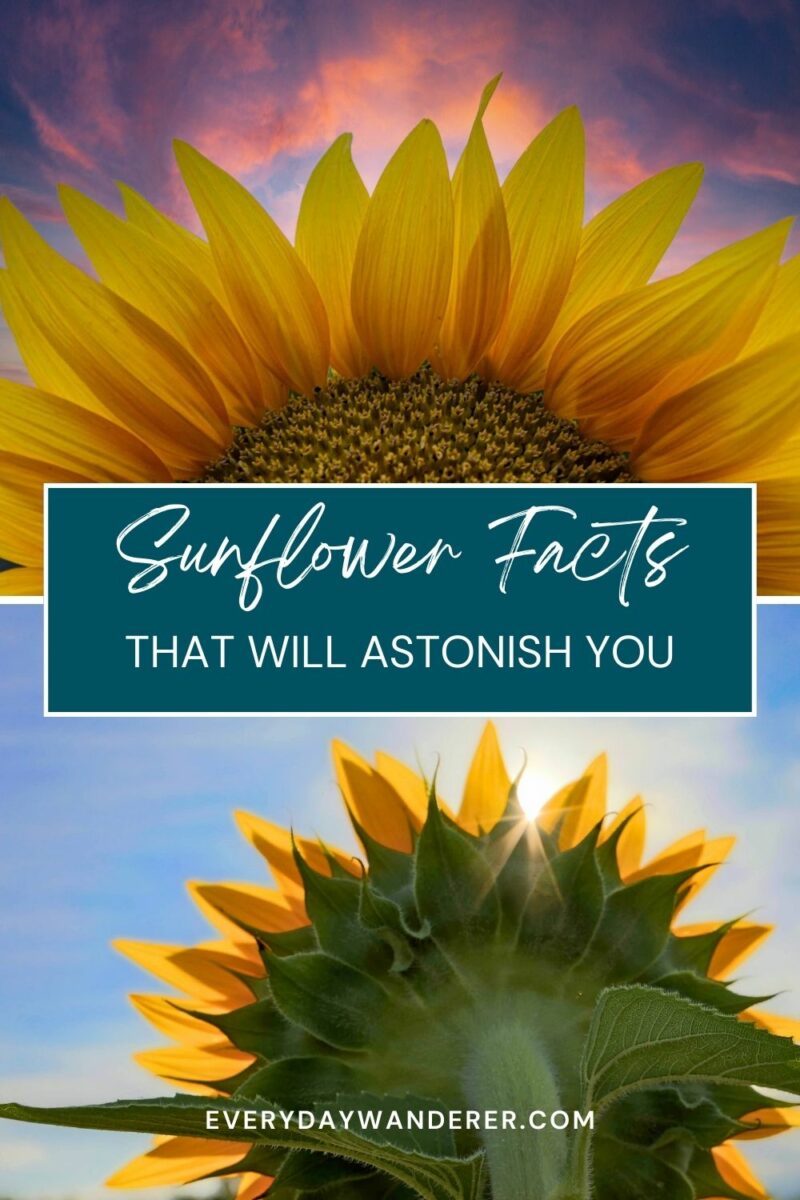
To help offset the costs of running EverydayWanderer.com, you’ll find affiliate links lightly sprinkled throughout the site. If you choose to make a purchase via one of these links, there’s no additional cost to you, but I’ll earn a teeny tiny commission. You can read all of the legal blah blah blah (as my little niece says) on the full disclosure page.
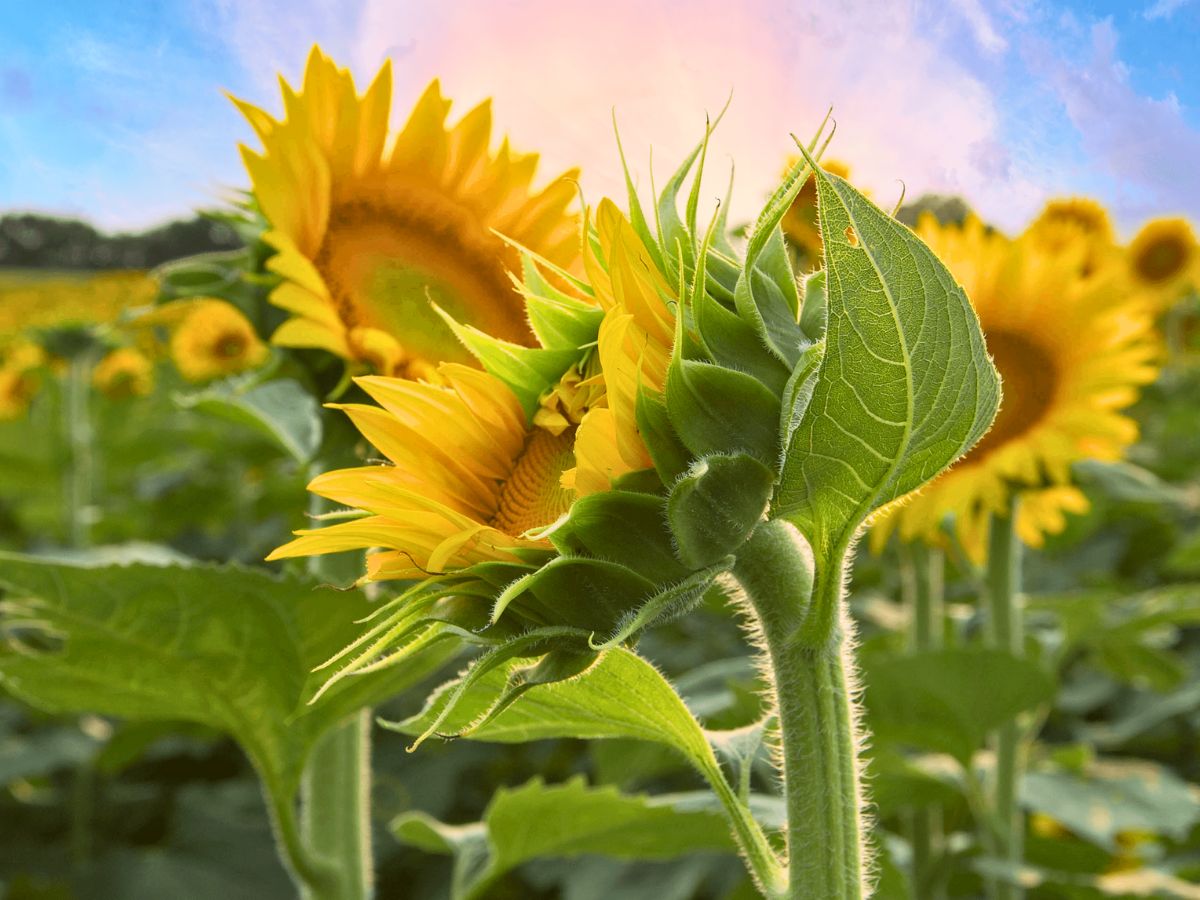
1. Sunflowers Are Native To North America
Sunflowers grow in the center of North America, from the Canadian plains provinces of Manitoba and Saskatchewan to the high plains of the American Midwest. While Kansas is known as the Sunflower State, North Dakota currently produces the most sunflowers in the United States. And the sunny blooms honored in Kansas are considered noxious weeds across the border in Iowa.
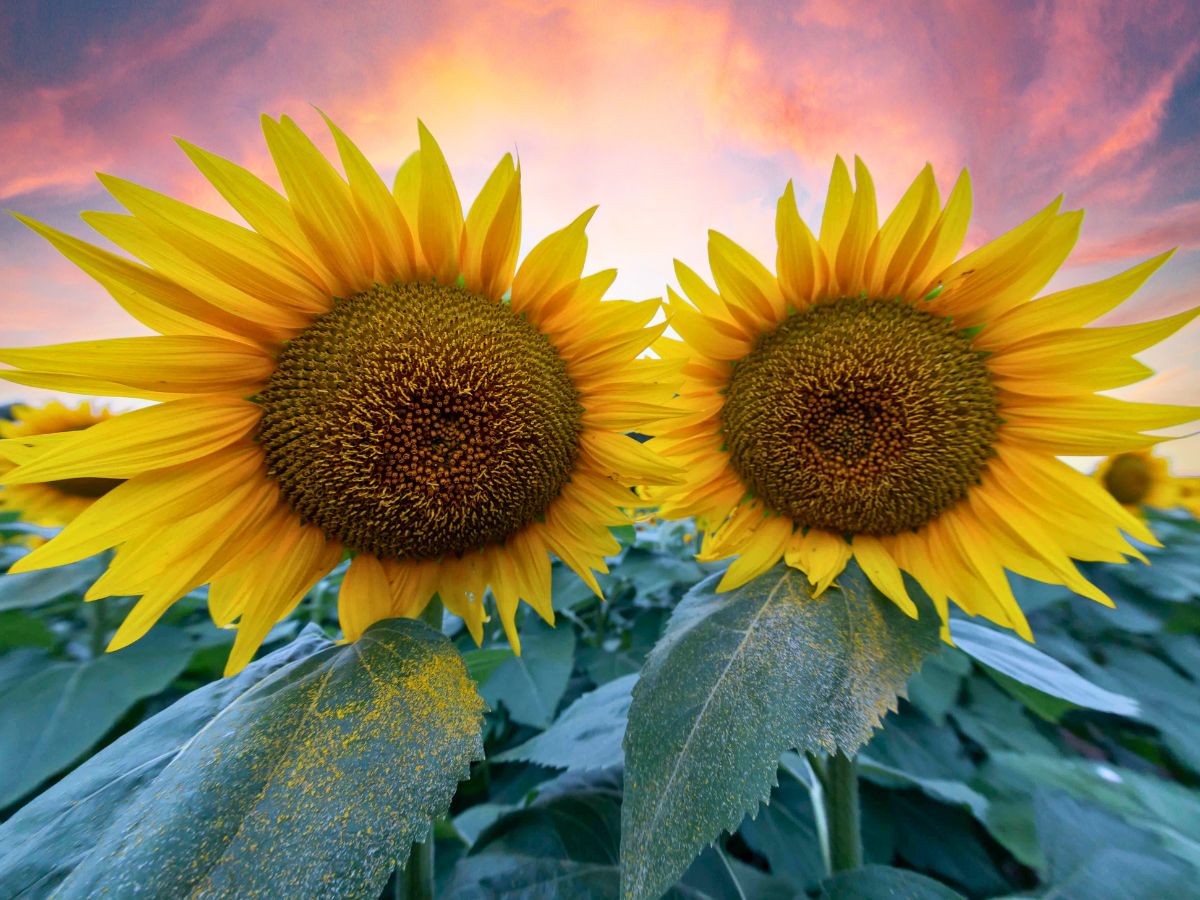
2. But They Took a World Tour with Spanish Conquistadors
After being taken from their native North America to Spain, sunflowers quickly captivated European growers for their ornamental and oil-producing value. Revered for their beauty and utility, sunflowers rapidly spread across the continent.
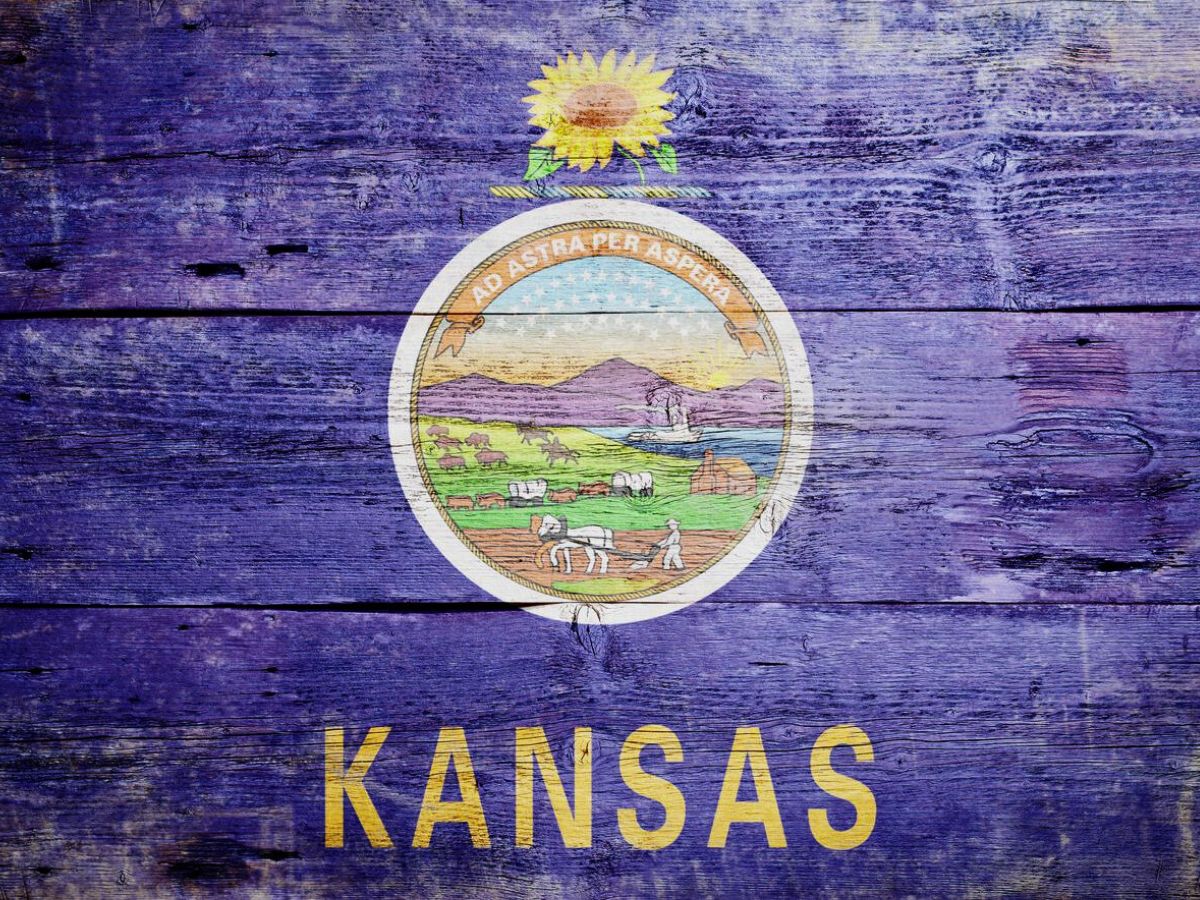
3. The Sunflower is the State Flower of Kansas
Kansas adopted the sunflower as its state flower in 1903. They symbolize the Sunflower State’s wild, natural beauty. Kansas fields bloom with these golden rays every summer, drawing visitors from all over to bask in their splendor and reflecting the state’s agricultural heritage and natural beauty.
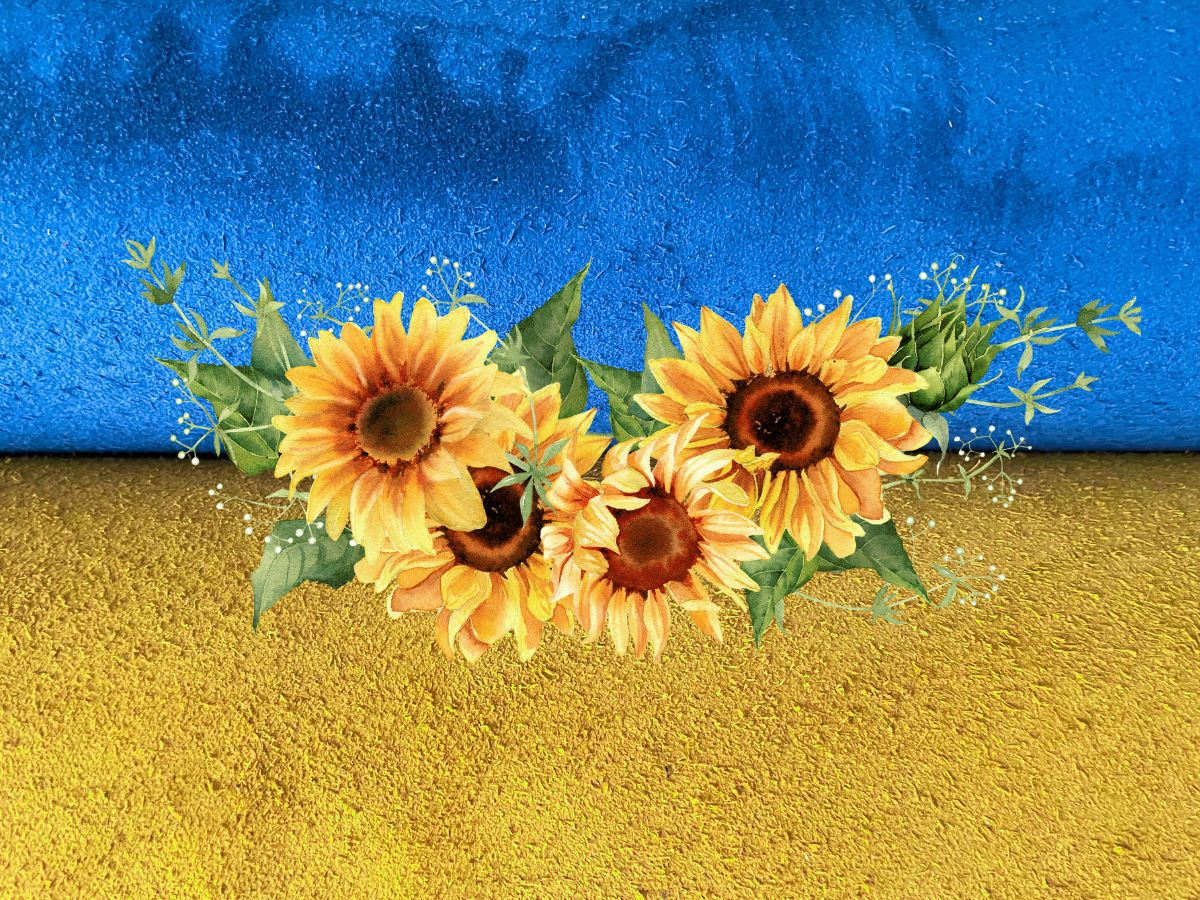
4. And the National Flower of Ukraine
Across an ocean from Kansas, the sunflower stands as a beacon of hope and resilience in Ukraine, symbolizing peace and solidarity. Revered in Ukrainian culture, it plays a crucial role in traditional art and folklore, embodying the nation’s strength and the warmth of its people.
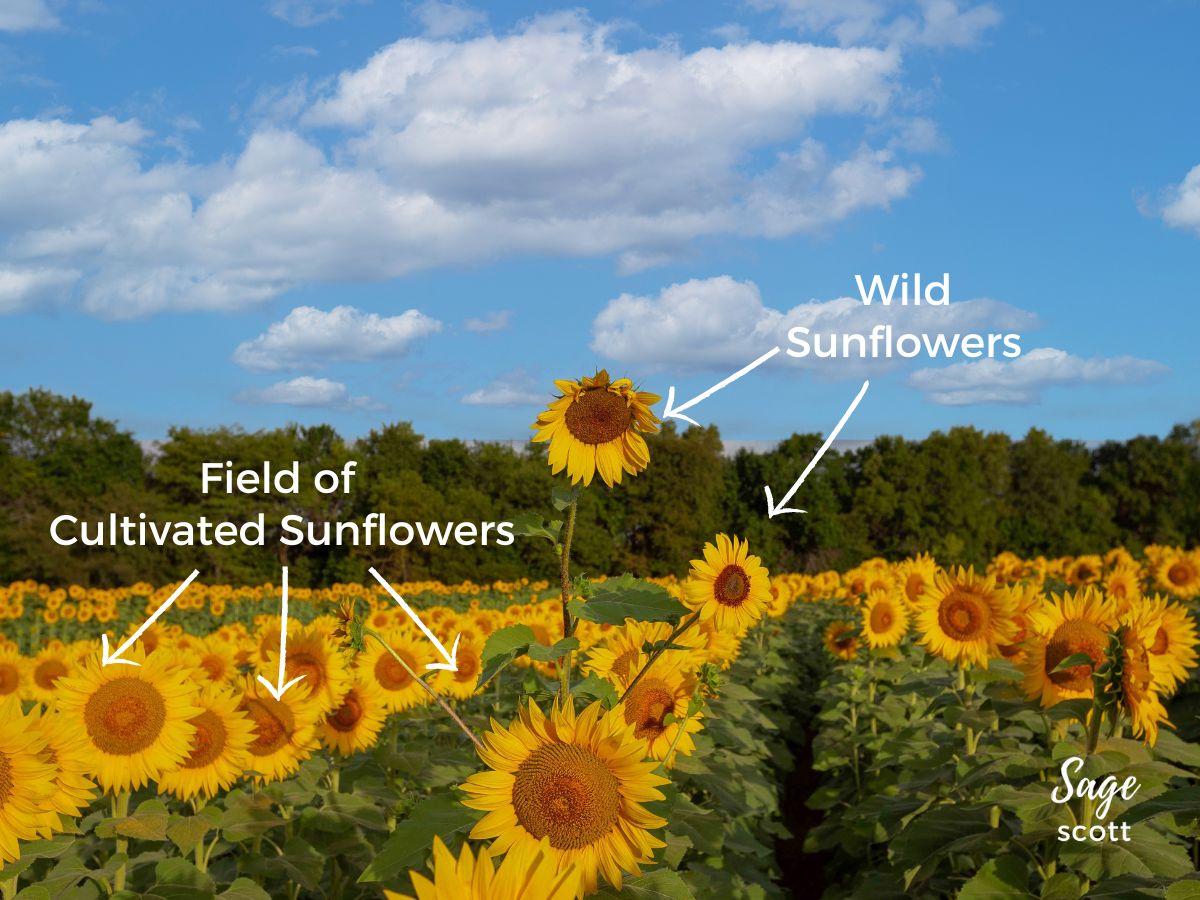
5. Crop Sunflowers Are Not The Same As Wild Sunflowers
Whether you associate sunflower fields with Kansas, North Dakota, or a Canadian province, the sunflowers planted as crops differ from wild sunflowers. Cultivated sunflowers are annuals that typically bloom from mid-August through mid-September. Wild sunflowers are perennials that bloom throughout the summer in open fields and along roadsides.
Related Article: A Guide to Kansas Wildflowers by Season: Spring, Summer, and Fall

6. Native American Tribes Used Sunflowers In Several Ways
With roughly 1,000 seeds per bloom, one of the most common ways Native Americans used sunflowers was for food. Indigenous people toasted sunflower seeds, eating them as a snack or drying them and grinding them into flour. Sunflower oil was also an essential source of fat for Native Americans since most of their protein sources were low in this vital nutrient.
Sage Advice: Made from roasted sunflower seeds, sunflower seed butter is an alternative to peanut butter or almond butter, perfect for people with nut allergies.
Additionally, indigenous people used sunflowers as medicine. Native Americans applied the sticky juice oozing from a freshly cut sunflower to everything from cuts and scrapes to snake bites, creating a type of wound dressing.
As we use sunflowers for art, fashion, and home decor today, so do Native Americans. They used the golden petals to decorate pottery, dye textiles, and create body paint for religious ceremonies.
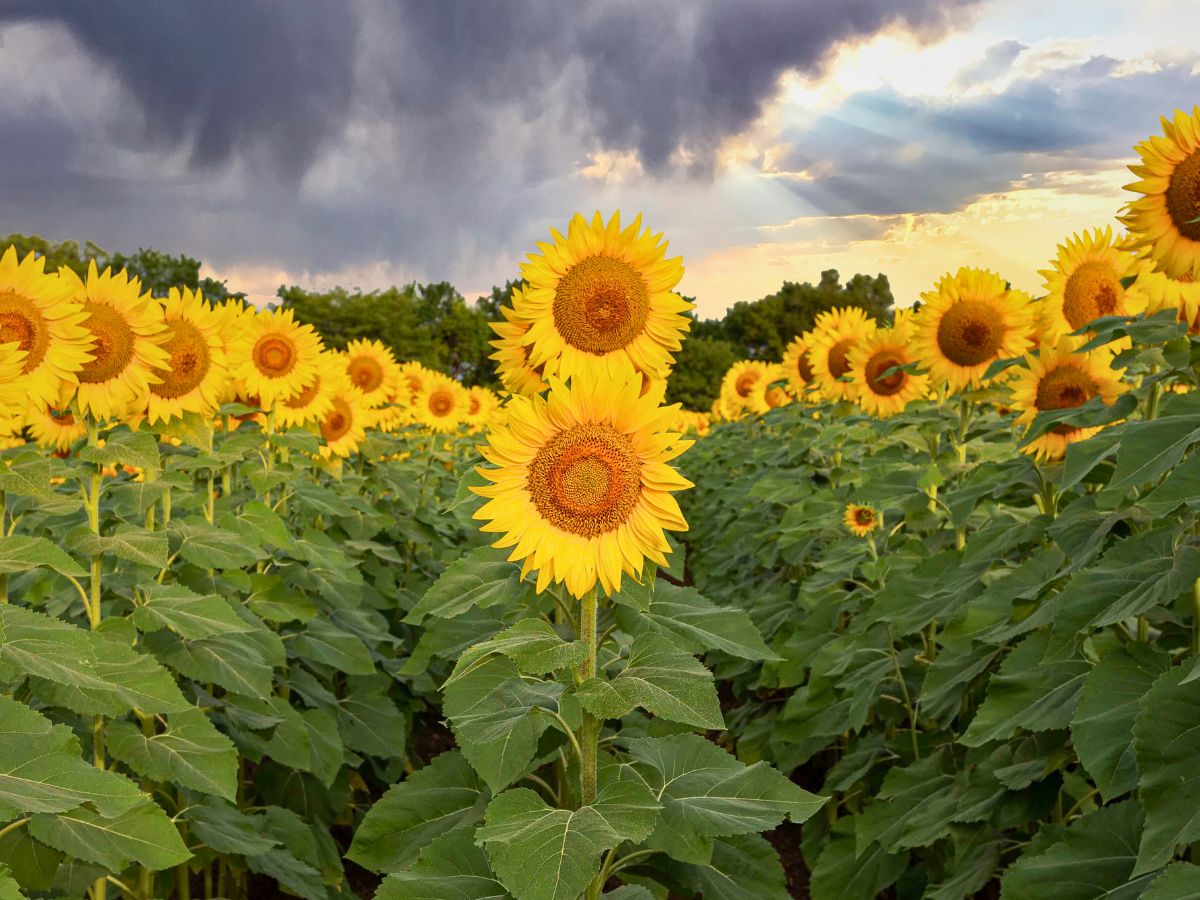
7. In Addition To Their Other Benefits, Sunflowers Are Good For The Environment
Sunflowers aren’t just another pretty face or a simple food source. They also help clean up environmental disasters. Fields of sunflowers have successfully removed toxins like lead, arsenic, and uranium from contaminated soil. After devastating nuclear disasters in Chernobyl, Ukraine, and Fukushima, Japan, clean-up crews planted millions of sunflowers to help detoxify the soil.
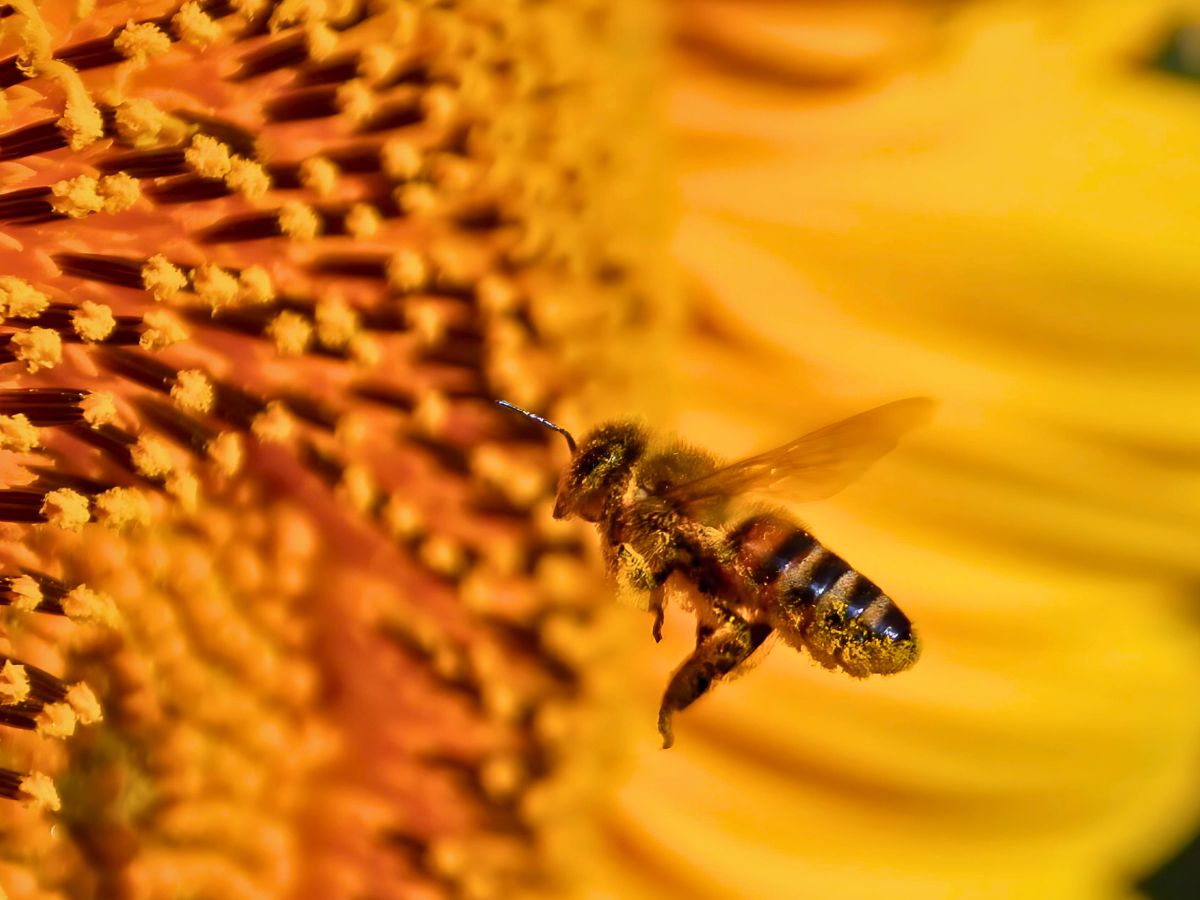
8. A Beacon for Pollinators
When you plant sunflowers, you also help save bees, butterflies, and other essential pollinators. Better yet, bees will carry sunflower pollen back to their hive and infuse its sunny taste in their honey.
9. Sunflowers Aren’t Always Yellow
While yellow sunflowers are most common, there are more than 60 species of sunflowers. In addition to yellow sunflowers, look for petals that range from the cream-colored Italian white sunflower to the deep crimson of the Moulin Rouge sunflower. There are also ombre petals like the Ring of Fire sunflower variety, which is deep red near the center and bright yellow at the tips.
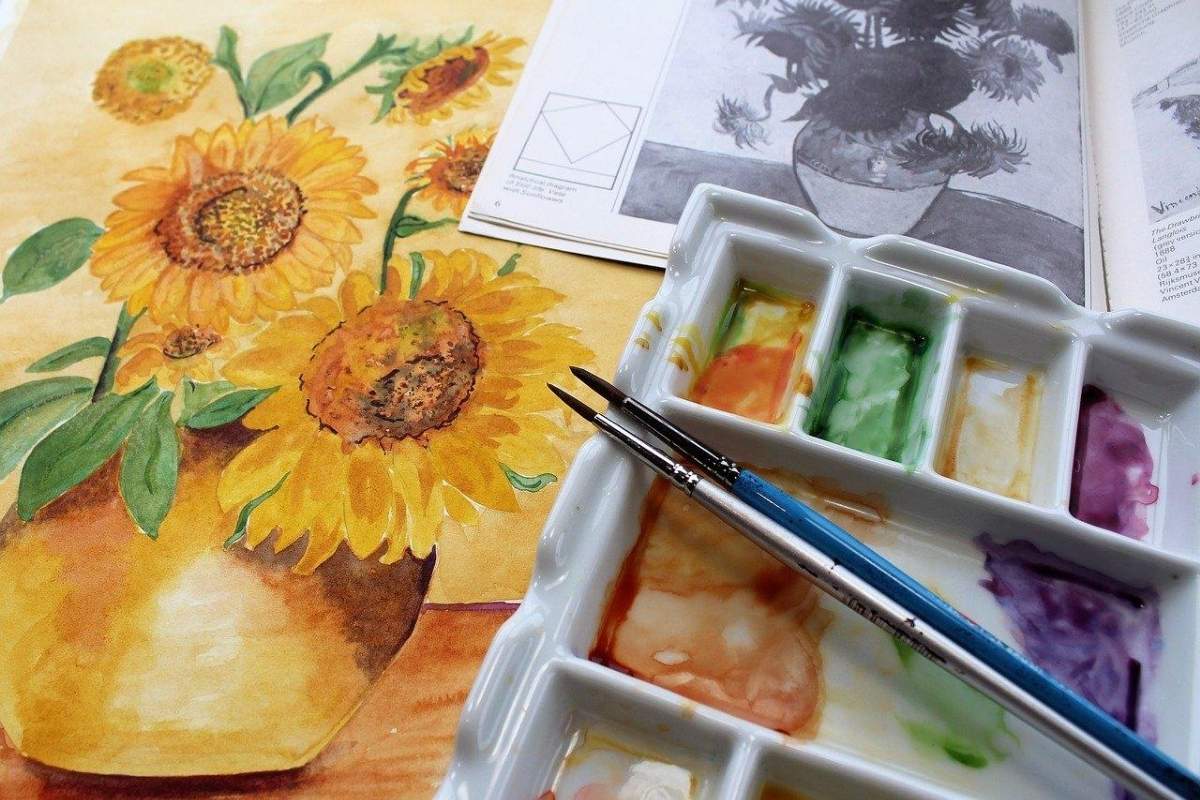
10. Vincent Van Gogh Wasn’t The Only Artist Inspired By Sunflowers
While Vincent van Gogh may be best known for his famous sunflower painting of a ceramic vase bursting with yellow stems, sunflowers have also inspired other artists. In The Painter of Sunflowers, Paul Gauguin captured van Gogh painting his famous still life.
In Muchacha con Girasoles (Girl with Sunflowers), Mexican artist Diego Rivera captured a young woman arranging a bouquet of sunflowers. And while Austrian painter Gustav Klimt is best known for his sensual The Kiss, featuring a couple embracing beneath a sunflower yellow quilt with black, seed-like accents, The Sunflower features a single, tall sunflower stalk surrounded by colorful wildflowers.
Sage Advice: Want to explore an impressive amount of van Gogh masterpieces? The Kröller-Müller Museum in the Netherlands is a can’t miss experience.
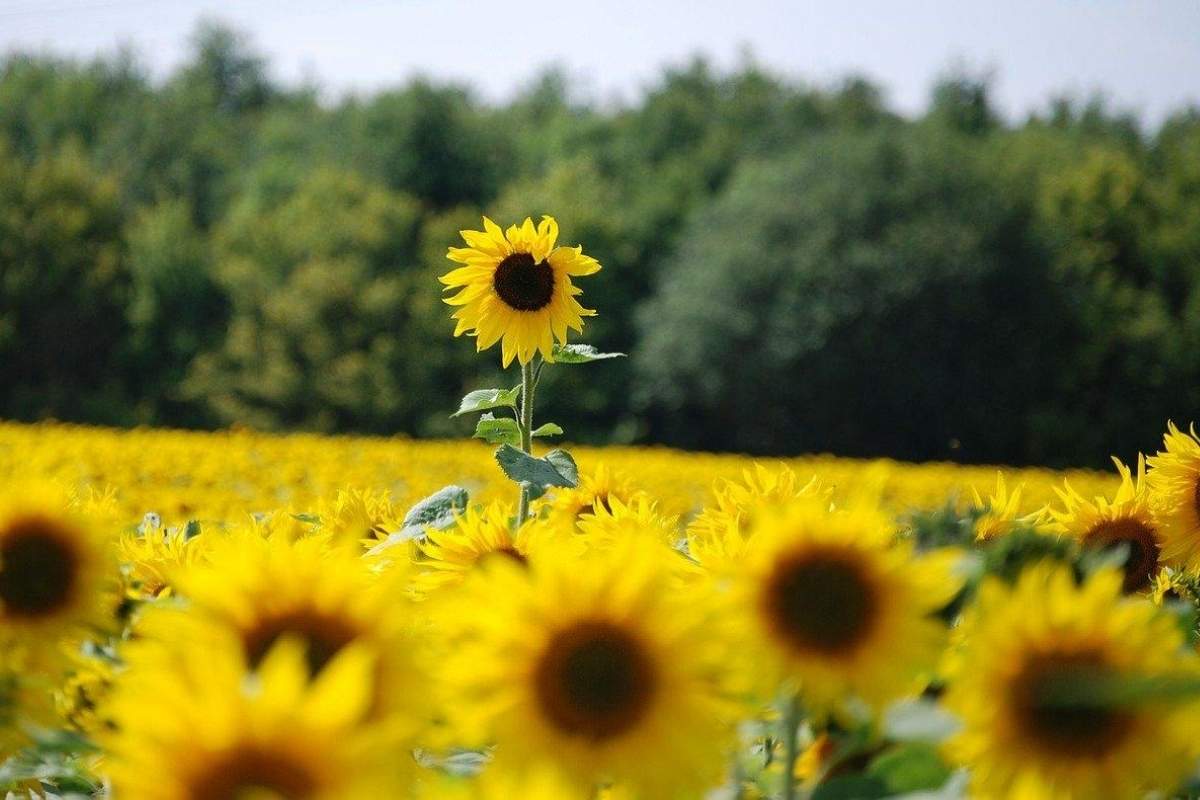
11. Sunflowers Can Vary In Height
The fields that attract photographers and Instagrammers in the late summer are planted with sunflower varieties whose stalks reach five to 12 feet in height. However, dwarf sunflowers rarely top three feet, making them perfectfor planting in pots or growing indoors.
Fun Fact: Grown in Germany, the world’s tallest sunflower was over 30 feet tall!
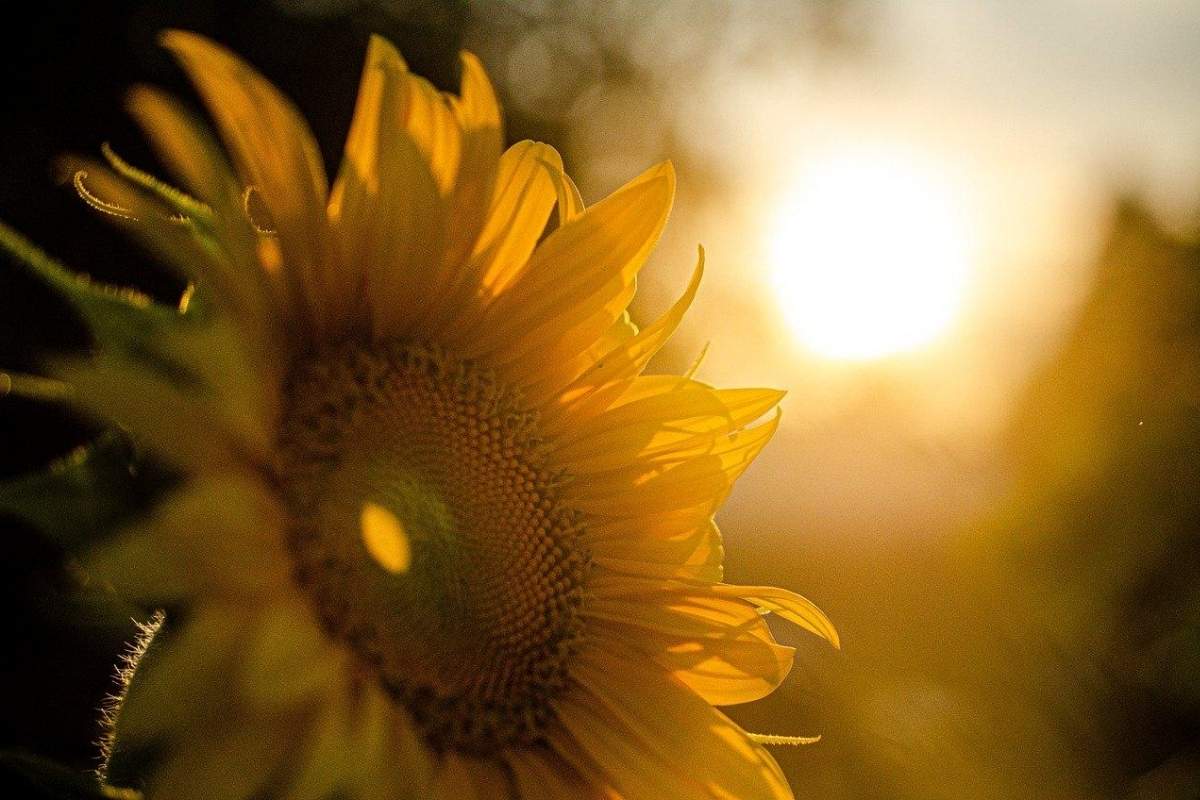
12. Sunflowers Follow The Sun
As the sun moves across the sky each day, the sunflower’s face tracks its progress. Once the flower has fully matured, it remains fixed on the eastern horizon.
Fun Fact: The French word for sunflower is tournesol, which means “turns with the sun.”
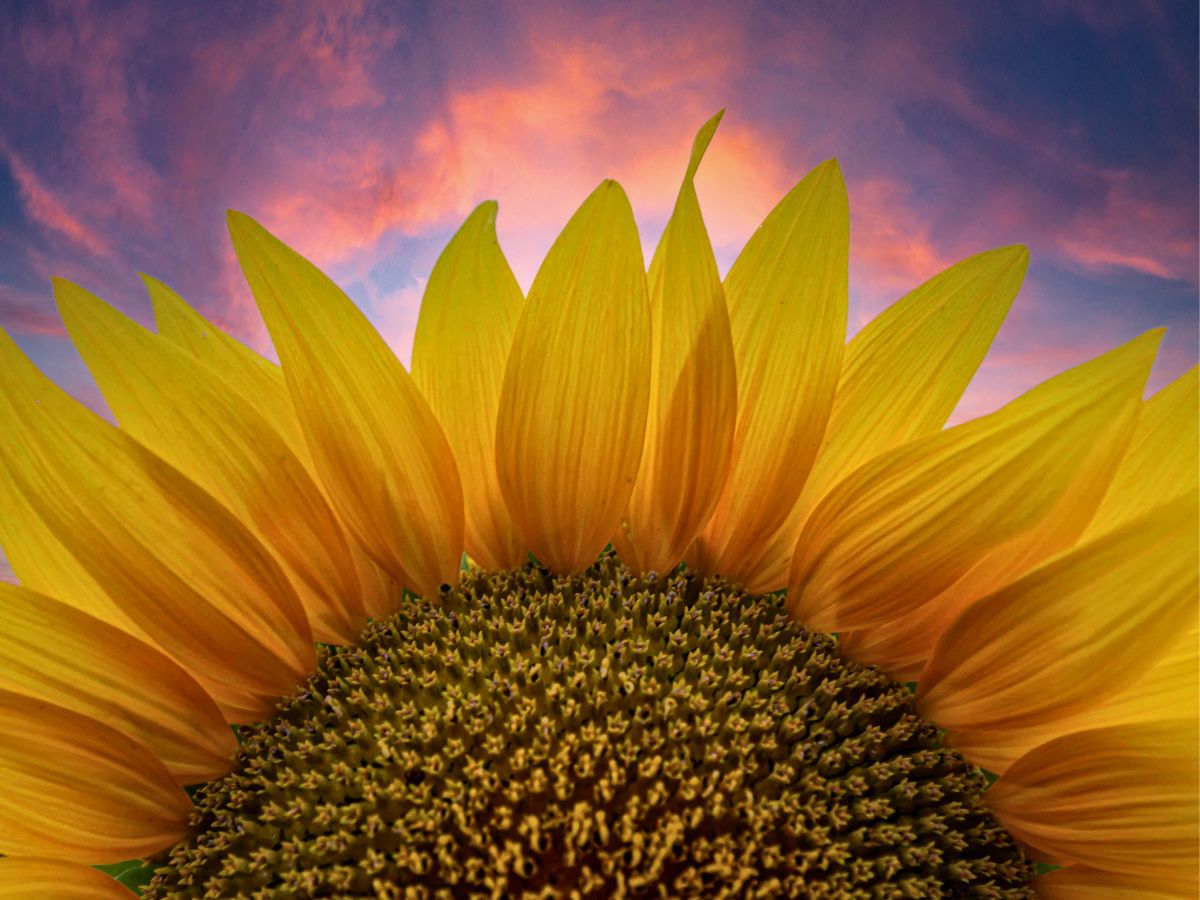
13. A Sunflower is Made of Thousands of Tiny Flowers
You may look at the golden flower head and see a single bloom, but a sunflower’s fuzzy, brown center is actually made up of thousands of individual flowers. And if that’s not cool enough, the florets in the dark center of the huge flowers grow in a distinctive spiral pattern known as the Fibonacci sequence, a mathematical sequence found throughout nature.
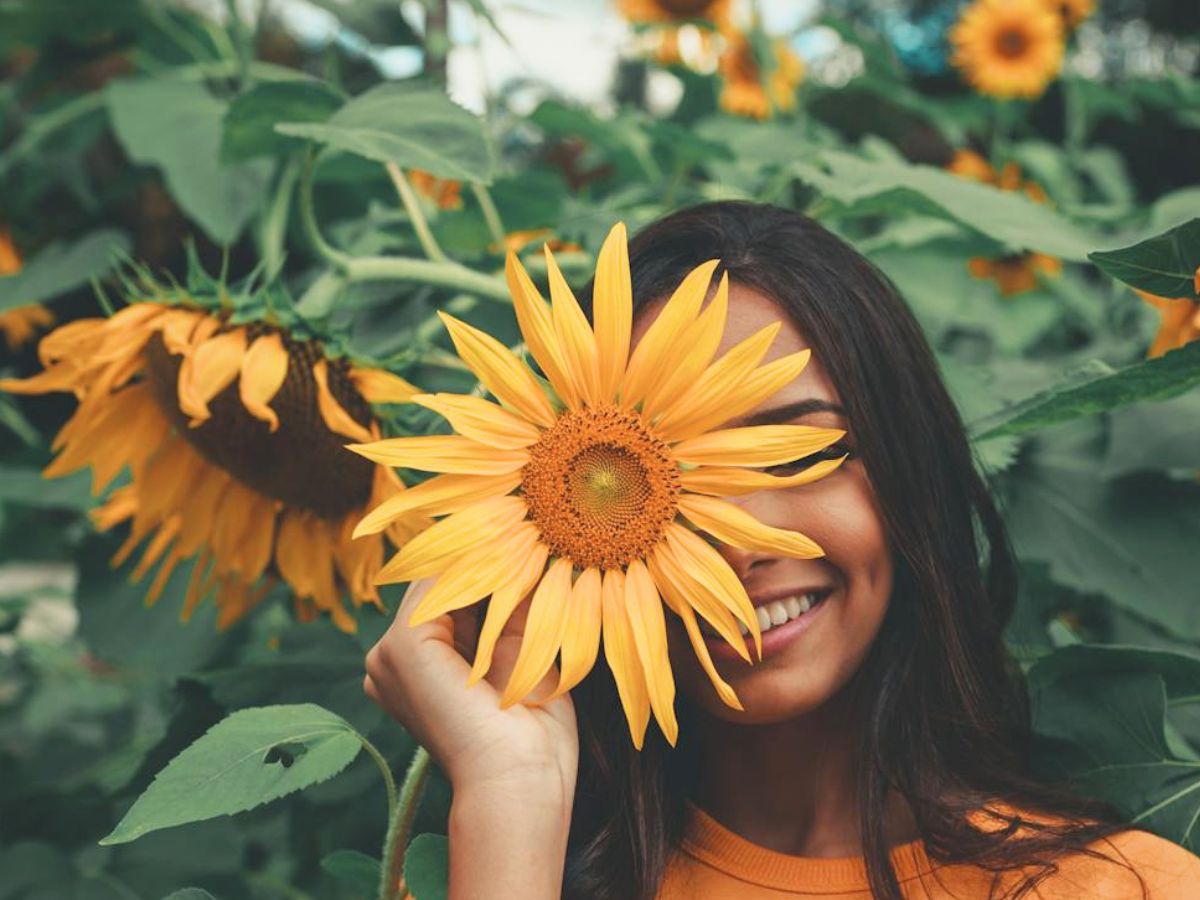
14. Sunflowers Are Symbolic
Few blooms brighten your day quite like these sunny flowers. In addition to bringing cheer, sunflowers symbolize good luck and longevity in many cultures.
What’s Your Favorite Sunflower Fact?
Do you have a fun fact about sunflowers not included above? Share it with me in the comments section below.
Ready to Go?
Use These Helpful Links to Book Your Trip!
- Find low fares with airfarewatchdog and Skyscanner
- Book your plane ticket with Expedia or Kayak
- Or take the scenic route on an epic road trip in a rental car or an RV from Outdoorsy
- From hotels to private homes, find the perfect accommodation with Hotels.com or Vrbo
- Travel in style with a suitcase, carry-on, backpack, or handbag from eBags
- Save on tickets to attractions, sightseeing tours, and more with CityPASS, Tiqets, and Viator
- Don’t leave home without travel insurance from AXA
- Discover the sights, history, and culture of your destination with an interactive scavenger hunt
- Need something else to plan your perfect trip? Visit my travel resources page for more trusted partners. Happy wandering!
Sage Scott
Thank you for sharing!

